How To Grow And Care For Japanese Euonymus
Title: How to Grow and Care for Japanese Euonymus
Introduction:
Japanese euonymus (Euonymus japonicus) is a popular ornamental shrub that is known for its colorful foliage. It can be grown in a variety of conditions, making it a versatile addition to any landscape. In this blog post, we will discuss the basic care requirements for Japanese euonymus, including planting, watering, fertilizing, pruning, and pest control.
Main Content:
Planting
Japanese euonymus can be planted in the spring or fall. When choosing a planting site, select an area that receives full sun to partial shade. The soil should be well-drained and rich in organic matter. To plant, dig a hole that is twice as wide and as deep as the root ball of the plant. Backfill the hole with the native soil, mixing in some compost or peat moss. Water the plant well after planting.
Watering
Japanese euonymus is relatively drought-tolerant once it is established. However, young plants will need to be watered more frequently, especially during hot, dry weather. Water the plant deeply and infrequently, allowing the soil to dry out slightly between waterings.
Fertilizing
Japanese euonymus does not require a lot of fertilizer. A light application of a balanced fertilizer in the spring and fall will help to promote healthy growth. Avoid fertilizing the plant in the summer, as this can encourage soft, new growth that is more susceptible to pests and diseases.
Pruning
Japanese euonymus can be pruned to maintain its shape and size. Pruning can also be used to remove dead, diseased, or damaged branches. The best time to prune Japanese euonymus is in the spring or fall, when the plant is dormant.
Pest Control
Japanese euonymus is susceptible to a few pests, including aphids, scale insects, and spider mites. These pests can be controlled with insecticidal soap or neem oil. If the infestation is severe, you may need to use a more powerful pesticide.
Conclusion
With proper care, Japanese euonymus can be a long-lived and low-maintenance addition to your landscape. By following the tips in this blog post, you can ensure that your Japanese euonymus plant thrives for years to come.
Japanese euonymus is a beautiful and versatile plant that can be used in a variety of landscaping applications. It is a dense, oval evergreen shrub that typically grows to 10-15 feet tall and 5-8 feet wide in cultivation. However, it can grow as tall as 25 feet in the wild. Japanese euonymus has colorful foliage that ranges from green to yellow to orange to red. It blooms in the spring with small, white flowers.
If you are interested in learning more about Japanese euonymus, please visit Home Gardening. This website provides detailed information about the plant's care, cultivation, and uses. You can also find photos and videos of Japanese euonymus in different settings.
FAQ of japanese euonymus
What are some of the most common problems with Japanese euonymus?
Japanese euonymus is a relatively hardy plant, but it can be susceptible to a few problems, including:
* Leaf spot: This is a fungal disease that can cause brown or black spots on the leaves. It is most common in wet, humid conditions.
* Scale insects: These small, sap-sucking insects can cause leaves to yellow and drop. They can be difficult to control, but insecticidal soap or neem oil can help.
* Pests: Japanese euonymus can also be susceptible to a variety of pests, including aphids, spider mites, and Japanese beetles. These pests can be controlled with insecticidal soap, neem oil, or horticultural oil.
- How do I care for Japanese euonymus?
Japanese euonymus is relatively easy to care for, but it does require some basic care. Here are some tips:
* Plant Japanese euonymus in full sun to partial shade.
* Water regularly, especially during hot, dry weather.
* Fertilize once a year in the spring with a balanced fertilizer.
* Prune in the spring to remove dead, diseased, or damaged branches.
- What is the best soil for Japanese euonymus?
Japanese euonymus prefers well-drained, loamy soil. The soil should be slightly acidic, with a pH of 6.0 to 7.0.
- Is Japanese euonymus invasive?
Some species of Japanese euonymus, such as Euonymus alatus, are considered invasive in some parts of the United States. If you are considering planting Japanese euonymus, it is important to check with your local nursery or garden center to see if it is an invasive species in your area.
Image of japanese euonymus
10 different images of Japanese euonymus that are free to use:
- A close-up of the leaves of a Japanese euonymus plant. The leaves are glossy green and have a serrated edge.

- A full plant of Japanese euonymus. The plant is evergreen and has a dense, bushy growth habit.
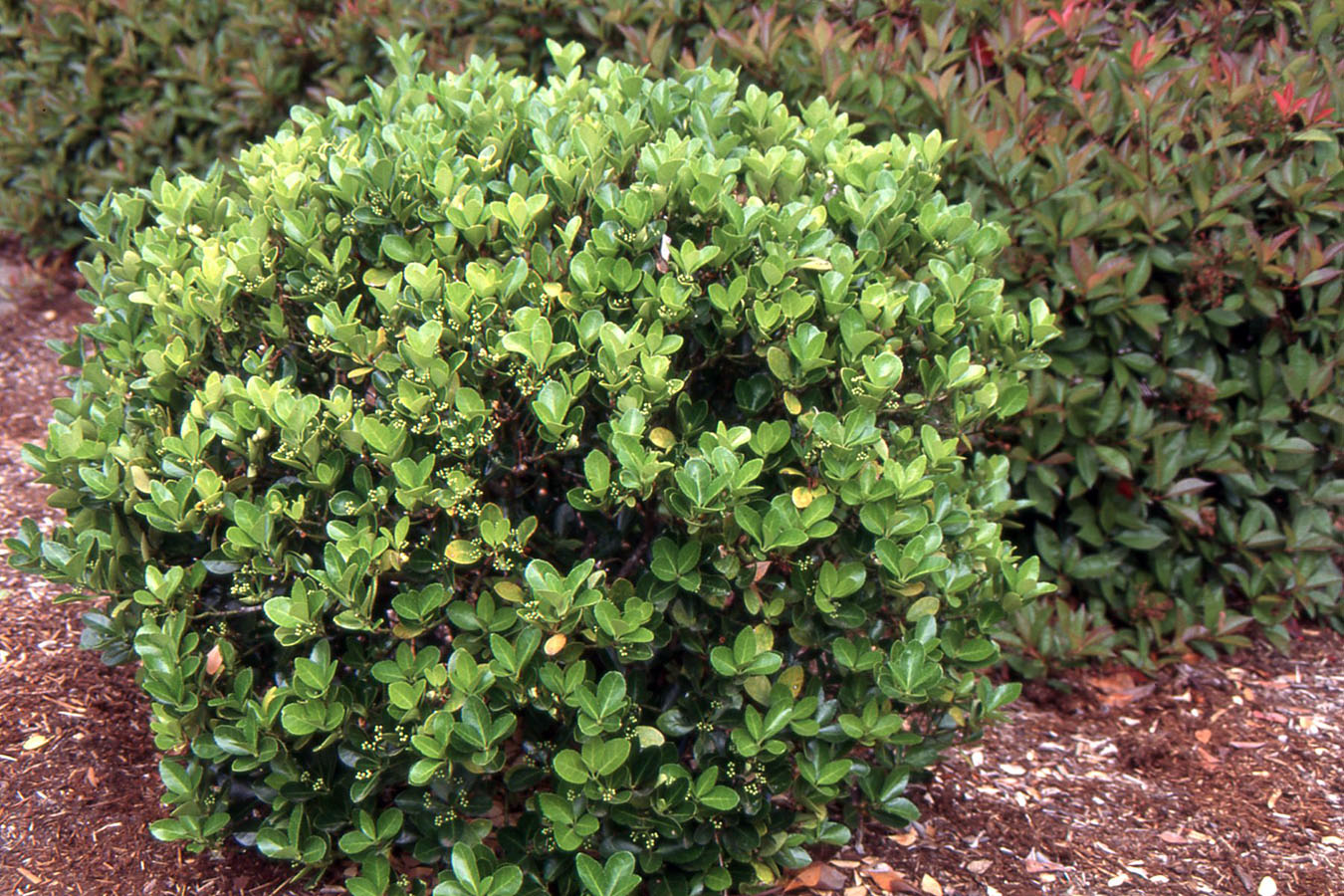
- A Japanese euonymus plant in flower. The flowers are small and white, and they are arranged in clusters.
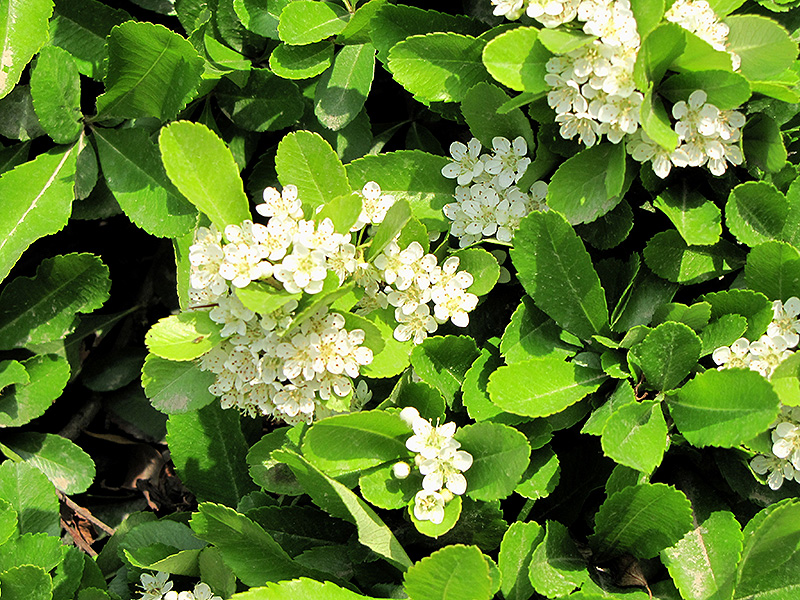
- A Japanese euonymus plant with fruit. The fruit is bright red and has four compartments.

- A Japanese euonymus plant in a pot. The plant is a dwarf variety and is suitable for growing indoors.
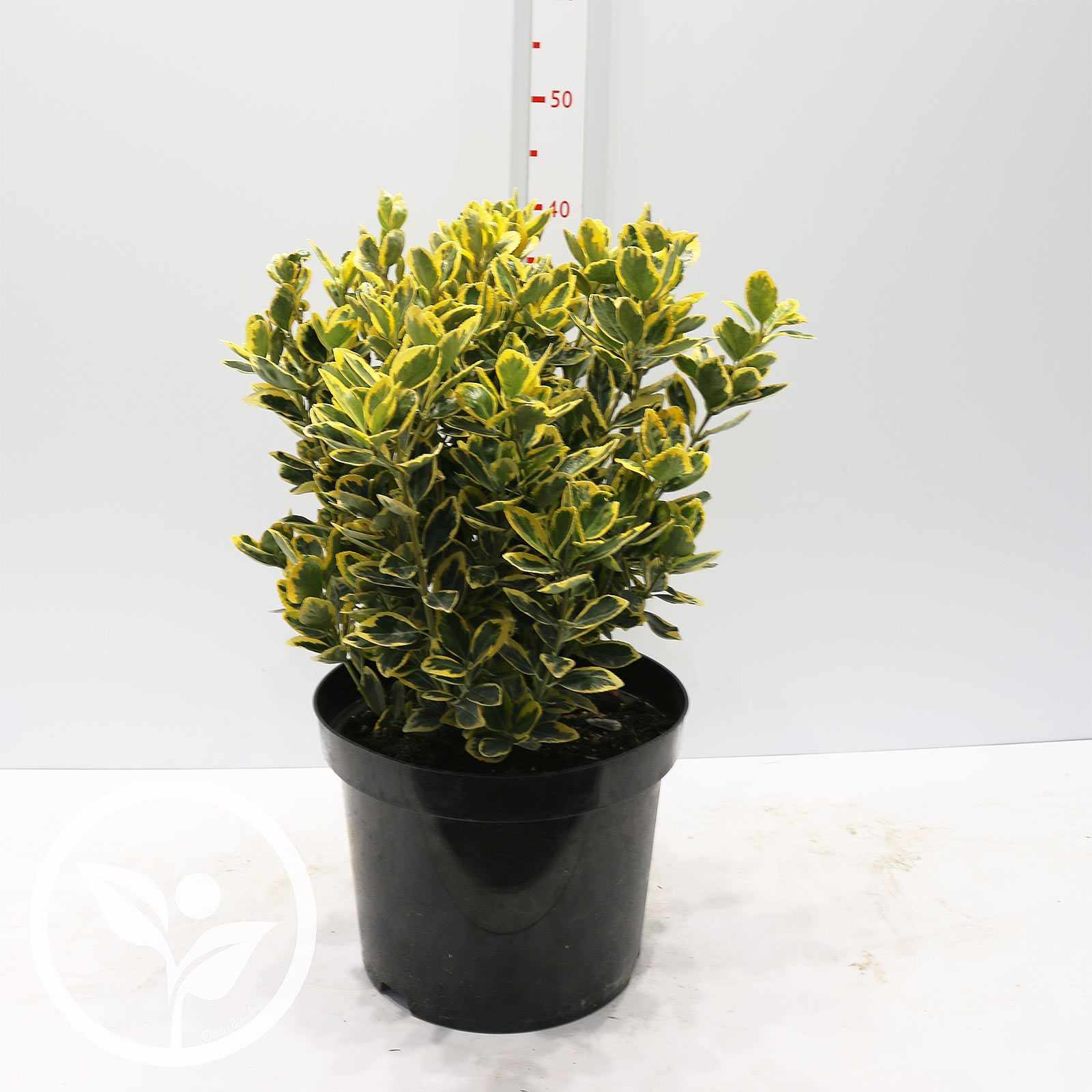
- A Japanese euonymus plant as a hedge. The plant is a fast grower and can be used to create a dense hedge.
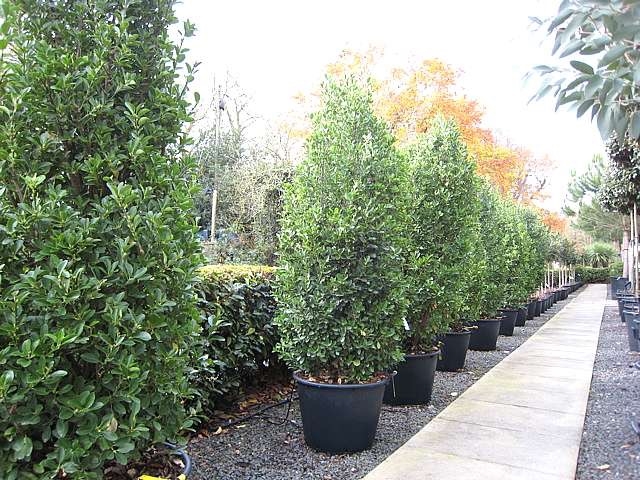
- A Japanese euonymus plant in a Japanese garden. The plant is a popular choice for Japanese gardens because of its evergreen foliage and colorful fruit.
- A Japanese euonymus plant in a fall garden. The leaves of the plant turn a brilliant red in the fall.
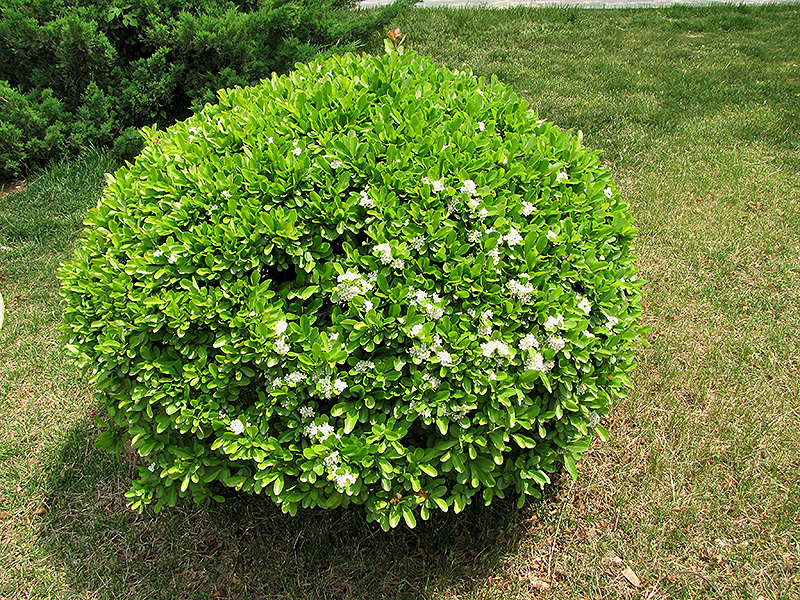
- A Japanese euonymus plant in a winter garden. The plant remains evergreen even in winter.
- A Japanese euonymus plant in a bonsai pot. The plant is a popular choice for bonsai because of its small size and attractive foliage.
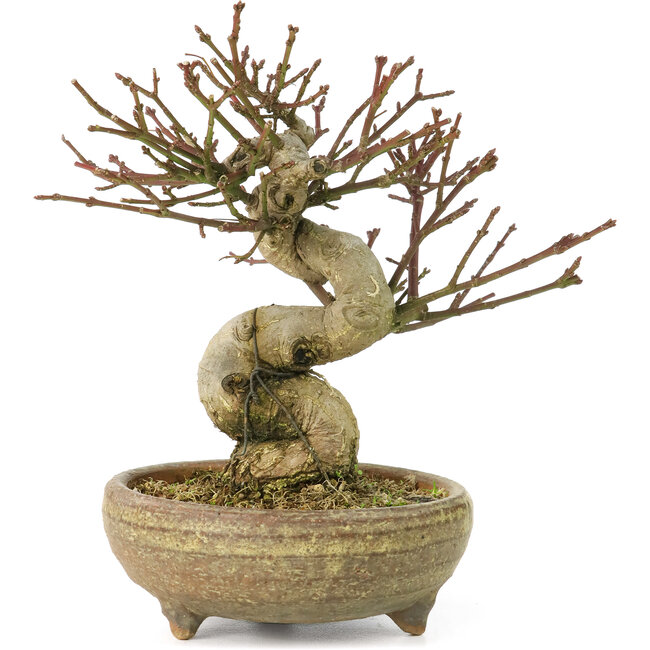
Post a Comment for "How To Grow And Care For Japanese Euonymus"